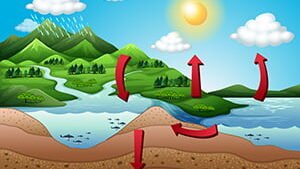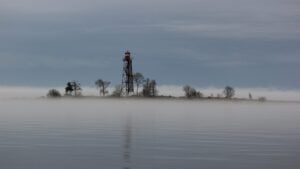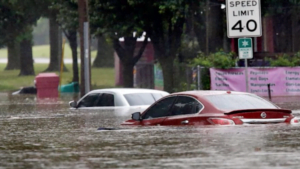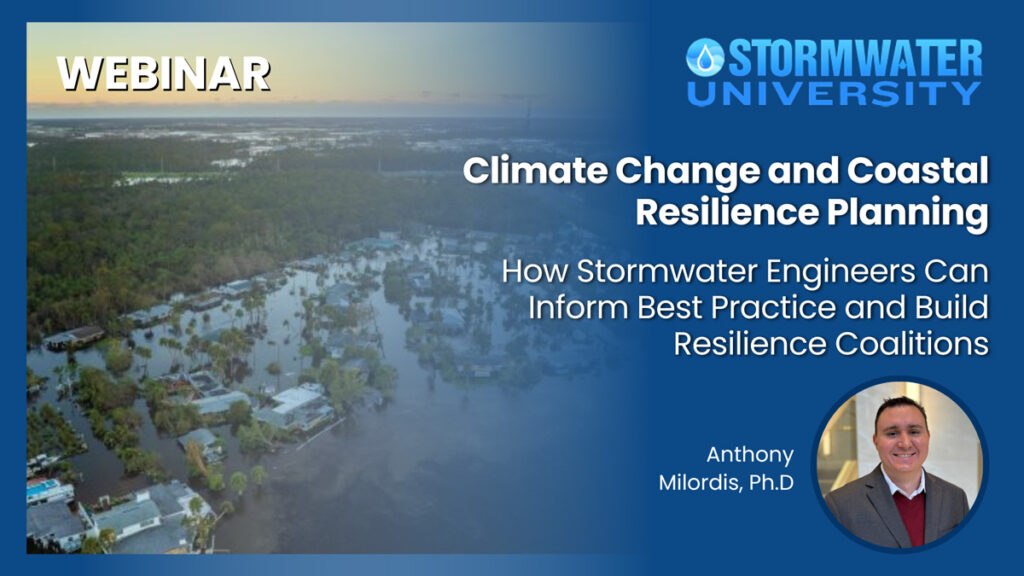Description
Traditional responses to rising seas and coastal erosion have been largely defensive in nature. Sea walls, coastal revetment and breakwaters have been constructed all up and down the American coastline.
More recently, there has significant shift in our approach. The United States Army Corps of Engineers Nationwide Permit #54, issued in 2017, continues to promote the use of living shoreline techniques for coastal protection. Living shorelines employ a wide variety of materials to create more flexible revetment systems that are nature based.
Living shoreline methodology owes much to the Dutch. In the Netherlands, successful coastal protection via flexible, nature-based systems that can be traced back three millennia. Although it has taken centuries, the rest of the world has started to pay attention.
Rising seas, fueled by glacial melt, are of urgent concern. Storm events are gaining intensity, as are resulting storm surges along our most vulnerable stretches of coastline. More and more coastal engineers are embracing the idea of taking a more offensive approach.
We invite you to join returning Stormwater University instructor and 43-year industry veteran Peter M. Hanrahan, CPESC for this important educational event.
Rising seas pose threats to our coastal communities that must be met head on.
Learning Objectives
- Implement nature friendly solutions for coastal erosion and beach loss
- Develop ideas relative to long-term solutions and strategies to meet the challenges of rising seas
- Apply innovative solutions to protect vulnerable shoreline property











Reviews
There are no reviews yet.